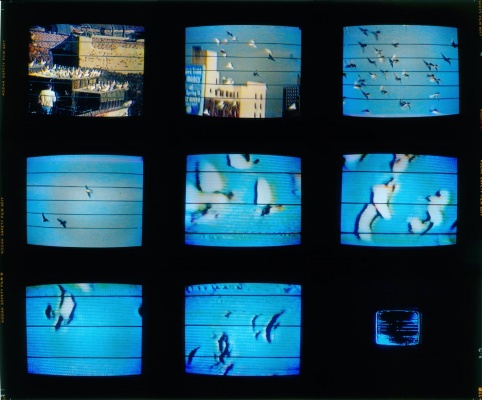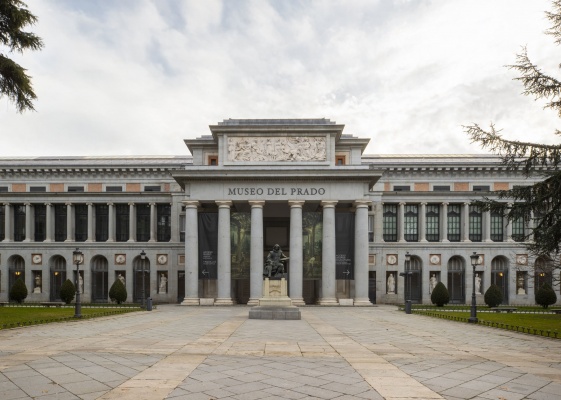Descripción de la Exposición ------------------------------------------------------- ------------------------------------------------------- Zane Bennett Contemporary Art announces Message from La Habana, an exhibition of contemporary art by Cuban artists, the second part of a two part series on Latin American art. The opening is at the gallery, 435 South Guadalupe Street, across from the rail station, from 5:00?7:00 pm to coincide with the Railyard Arts District Last Friday Art Walk. Cuban artists today have the extraordinary good fortune of being their society's super stars. In a society isolated from the industrialized world with travel restrictions for the average citizen, artists in Cuba make up an elite group that are allowed to travel abroad and make a living from their art by selling to collectors and curators who live outside their heavily controlled political world. The Cuban regime considers their artists to be the cultural wealth of the country, and therefore they are allowed to travel and represent Cuba on educational and cultural endeavors. That being said, how do Cuban artists deal with the repressive and restrictive political mandates? Artists use metaphor and dualistic imagery to convey their criticism of the current political situation. The generation that came of age in the 1980s dealt with censorship by leaving Cuba and going to Mexico, Spain and the US. The generation of artists that came of age in the 1990s, (the focus of this exhibition) was called the 'Bad Weed' because despite their difficult situation, they thrived and continued to work in Cuba. These artists dared to confront the repressive regime with wit and humor. Roberto Diago, comes from a family of artists. He sees the artist as a thermometer, reading the temperature of the culture, sandwiched between the official platform and normalcy. After the collapse of the Soviet Union, there were no art materials with which to paint. Diago went to the streets to feel the pulse of the people; he uses found materials to create works of art that confront the hypocrisies he saw. He brings attention to racism in Cuba and the marginalizing of homosexuals; he hopes that people see his paintings and installations and through their experience of the artwork, feel validated in their struggles for equality. Diago sees art as the ultimate refuge for hope in the face of the exclusionary and precarious existence still facing black people today. One of the major themes that this generation of artists continually returns to is that of the Island: Cuba as an island, isolated from the rest of the world, politically, geographically and psychologically. Sandra Ramos deals with memory, history and migration. Her paintings of women inside bottles that float in the ocean remind us of Cuba's isolation from cultural interchange with outside cultures. Ibrahim Miranda deals with 'the damned circumstance of water all around' by creating maps that morph into the shape of a mental landscape, defining a state of mind. He creates his own cartography as an extended concept of the island, using world cities such as London and Paris individually, which become their own frame of reference.
Artistas: Alexandre Arrechea, Roberto Diago, Glenda León, Ibrahim Miranda, Sandra Ramos, José A. Vincench.

Exposición. 08 may de 2025 - 14 sep de 2025 / MNAC - Museu Nacional d'Art de Catalunya / Barcelona, España

Formación. 30 oct de 2025 - 11 jun de 2026 / Museo Nacional del Prado / Madrid, España